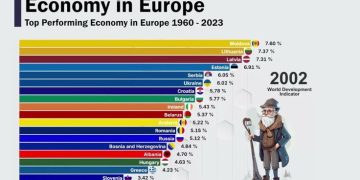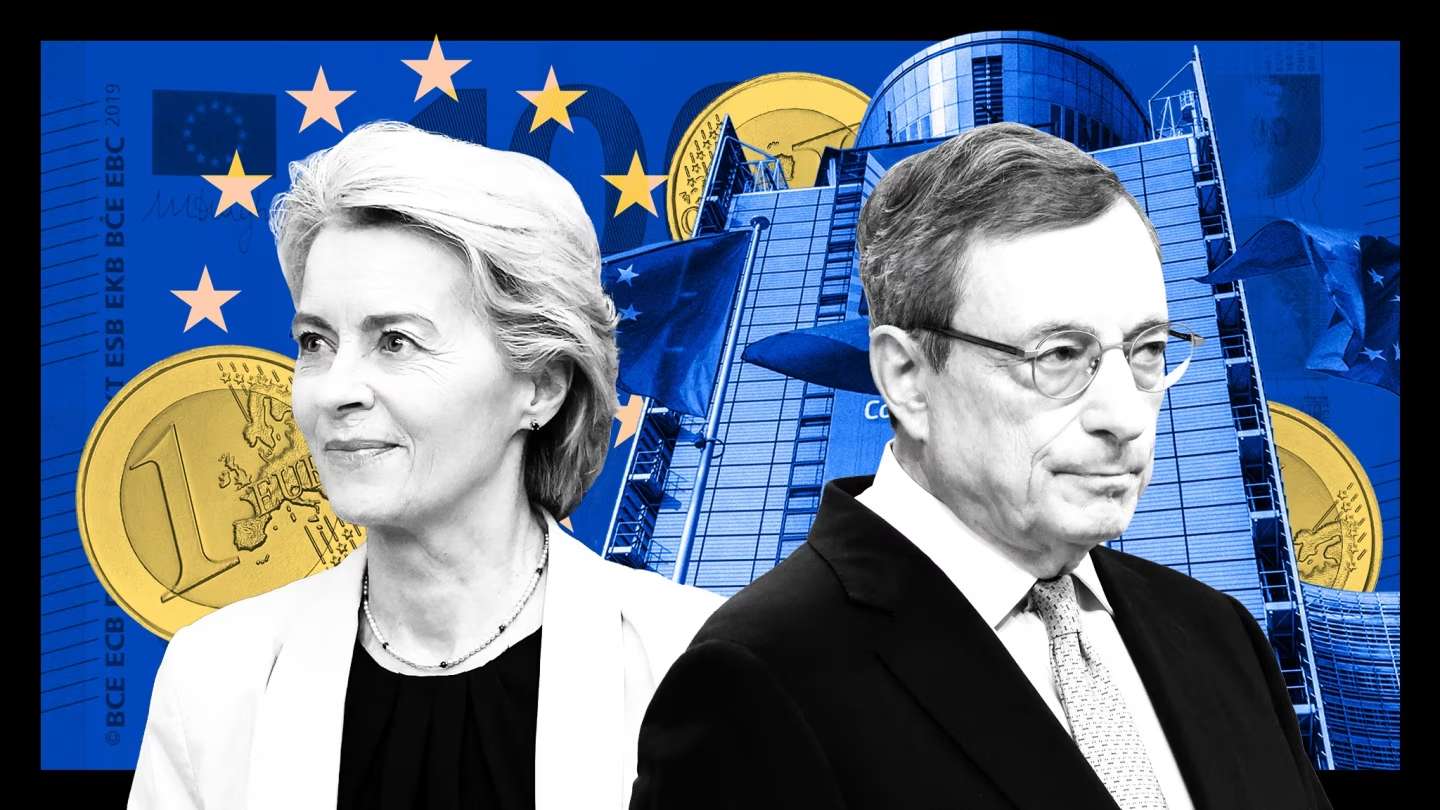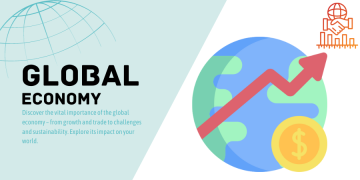Cryptocurrency has become one of the most talked-about topics in the financial world over the past decade. From Bitcoin’s meteoric rise to the creation of thousands of altcoins and decentralized finance (DeFi) platforms, the space has seen explosive growth. As cryptocurrencies such as Bitcoin, Ethereum, and others reach new heights in both market value and public interest, they also face significant scrutiny. Questions abound: Is cryptocurrency a speculative bubble that will eventually burst, or is it a new and enduring force that will reshape the future of finance?
In this article, we will explore the factors shaping the future of cryptocurrency, examine both the challenges and opportunities in the space, and analyze whether digital assets represent a sustainable financial revolution or a volatile bubble poised to collapse.
1. The Rise of Cryptocurrencies: A Financial Revolution?
A Brief History of Cryptocurrency
Cryptocurrency began with Bitcoin, created in 2009 by the pseudonymous figure Satoshi Nakamoto. Bitcoin was designed to be a decentralized, digital currency that operated outside traditional banking systems, allowing peer-to-peer transactions without the need for intermediaries like banks or governments. Bitcoin was heralded as a breakthrough in digital money, leveraging blockchain technology—a secure and transparent ledger system—to ensure the integrity of transactions.
Over the years, Bitcoin gained popularity, but it wasn’t long before other cryptocurrencies emerged. Ethereum, created in 2015 by Vitalik Buterin, introduced the concept of “smart contracts,” enabling programmable transactions beyond simple monetary transfers. As blockchain technology continued to evolve, it sparked a wave of new projects, including DeFi platforms, non-fungible tokens (NFTs), and Layer 2 solutions, all of which further expanded the potential applications of cryptocurrency.
Cryptocurrency as an Alternative to Traditional Finance
One of the most appealing aspects of cryptocurrencies is their potential to act as an alternative to traditional financial systems. Centralized financial institutions, such as banks, have long controlled the flow of money, imposing fees, delays, and regulatory oversight. Cryptocurrencies offer a decentralized model, where users retain control of their funds through private wallets and can send money directly to one another, anywhere in the world, without intermediaries.
This peer-to-peer model is particularly attractive in regions where access to traditional banking is limited or where the local currency is volatile. Cryptocurrencies also provide the potential for greater financial inclusion, allowing people in underbanked or unbanked communities to participate in the global economy.
Moreover, the rise of decentralized finance (DeFi) platforms has made it possible to access a wide range of financial services—including lending, borrowing, and trading—without relying on traditional banks. This has led to a rapidly growing DeFi ecosystem, which has attracted billions of dollars in investment, creating a new financial infrastructure outside of traditional banking systems.
Institutional Adoption and Mainstream Interest
In recent years, the legitimacy of cryptocurrencies has been bolstered by growing institutional adoption. Major corporations, including Tesla, MicroStrategy, and Square, have added Bitcoin to their balance sheets. Large financial institutions like JPMorgan, Goldman Sachs, and Fidelity have started to offer crypto services to their clients, providing crypto trading, custodial services, and investment products.
The approval of Bitcoin exchange-traded funds (ETFs) in various countries, including the U.S. and Canada, has further legitimized cryptocurrency as a legitimate asset class. As institutional investors and high-net-worth individuals enter the space, the level of maturity and liquidity in the cryptocurrency market has increased, making it an increasingly attractive investment vehicle.
Additionally, central banks are experimenting with the concept of Central Bank Digital Currencies (CBDCs), which could further legitimize the role of digital assets in the global financial system. While CBDCs are state-backed and centralized, they share many of the technological underpinnings of cryptocurrencies, further validating blockchain technology’s potential in the financial sector.
2. The Case for Cryptocurrency as a Financial Revolution
Decentralization and Financial Freedom
The decentralized nature of cryptocurrencies is one of the most powerful aspects of the technology. Unlike traditional financial systems, which are subject to government regulations and centralized control, cryptocurrencies operate on decentralized networks. This gives individuals more control over their finances and protects them from governmental policies like currency devaluation, inflation, and capital controls.
For instance, in countries with hyperinflation or political instability, cryptocurrencies can act as a store of value, protecting citizens’ wealth from the devaluation of their national currency. In such contexts, cryptocurrencies offer a form of financial autonomy, free from the whims of centralized institutions.
Moreover, the transparency and security offered by blockchain technology make cryptocurrencies a highly reliable form of currency for global transactions. Blockchain’s immutable ledger ensures that transactions are secure, verifiable, and transparent, reducing the risk of fraud and corruption.
Innovation in Financial Services
The rise of DeFi platforms has opened up a host of new opportunities for users to engage with financial services. DeFi applications enable decentralized lending, borrowing, and trading without the need for banks or intermediaries. Instead of relying on a central authority, these platforms operate through smart contracts, ensuring transparency and reducing the need for trust in third parties.
This innovation can lead to more inclusive and efficient financial systems, as DeFi platforms can provide services to individuals and businesses that are excluded from traditional banking systems. For example, anyone with an internet connection can access DeFi services, regardless of their geographical location or financial status.
The potential for blockchain technology to disrupt traditional finance is further demonstrated by projects such as decentralized exchanges (DEXs), decentralized insurance, and blockchain-based identity systems. All of these innovations have the potential to reshape the global financial landscape, making financial services more accessible and affordable for everyone.

3. The Bubble Argument: Concerns Over Cryptocurrency’s Sustainability
Price Volatility and Speculative Investing
One of the most significant criticisms of cryptocurrency is its extreme price volatility. Bitcoin, for example, has experienced massive price fluctuations since its inception, with periods of rapid price appreciation followed by significant crashes. In 2017, Bitcoin reached nearly $20,000, only to fall to around $3,000 by 2018. More recently, in 2021, Bitcoin surpassed $60,000 before experiencing another major correction.
This volatility has led some to view cryptocurrencies as speculative assets rather than stable investments. Many investors treat crypto as a short-term trading opportunity, hoping to profit from rapid price movements. This speculative behavior has led to concerns that cryptocurrencies are in a bubble, much like the dot-com bubble of the early 2000s or the housing bubble of 2008.
While some argue that cryptocurrency’s volatility is a result of its relative youth and that the market will stabilize over time, others believe that the speculative nature of the market is unsustainable. If the bubble were to burst, it could lead to significant financial losses for investors, especially those who have entered the market during periods of inflated prices.
Regulatory Uncertainty and Government Crackdowns
Another major concern for the future of cryptocurrencies is the regulatory uncertainty surrounding digital assets. Governments around the world are still grappling with how to regulate cryptocurrencies, with some countries, such as China, taking a hardline approach by banning crypto trading and mining. Other nations, like the United States and European Union, are considering or implementing regulatory frameworks for cryptocurrencies, including anti-money laundering (AML) and know-your-customer (KYC) rules.
These regulatory developments could have significant implications for the future of cryptocurrencies. Stricter regulations could reduce the appeal of cryptocurrencies as an alternative to traditional finance, especially if they result in increased compliance costs or limited access to markets. On the other hand, clear and supportive regulations could help establish cryptocurrency as a legitimate and stable asset class, potentially encouraging more institutional adoption.
Environmental Concerns
The environmental impact of cryptocurrency mining has also been a point of contention. Bitcoin mining, in particular, consumes enormous amounts of energy due to the proof-of-work consensus mechanism, which requires miners to solve complex mathematical problems to validate transactions. Critics argue that the environmental toll of mining, especially when powered by non-renewable energy sources, is unsustainable.
While some projects are working on more energy-efficient alternatives, such as Ethereum’s shift to a proof-of-stake consensus model, the environmental concerns surrounding cryptocurrency remain a significant barrier to its widespread adoption. As sustainability becomes an increasingly important issue for governments, businesses, and consumers, cryptocurrencies may face mounting pressure to reduce their environmental impact.
4. Conclusion: The Future of Cryptocurrency—A Bubble or a Financial Force?
The future of cryptocurrency remains highly uncertain. On one hand, cryptocurrencies offer significant promise as a decentralized, transparent, and innovative form of money that could reshape the global financial landscape. From financial inclusion to decentralized finance and digital ownership, the potential benefits are clear.
On the other hand, the extreme price volatility, regulatory challenges, and environmental concerns raise important questions about the sustainability of the crypto market. While the technology behind cryptocurrencies is undeniably revolutionary, the speculative behavior of many investors and the uncertainty surrounding regulation make it difficult to predict whether cryptocurrencies will emerge as a stable and enduring financial force or eventually fizzle out as a passing trend.
In the end, cryptocurrencies may not be a binary question of being either a bubble or a revolution, but rather a technology in transition. It’s possible that we will see continued innovation, with certain aspects of the cryptocurrency space maturing into legitimate financial tools while others may experience significant corrections. Only time will tell whether cryptocurrencies will fulfill their promise as a new financial power or fade away as a short-lived speculative craze.





































